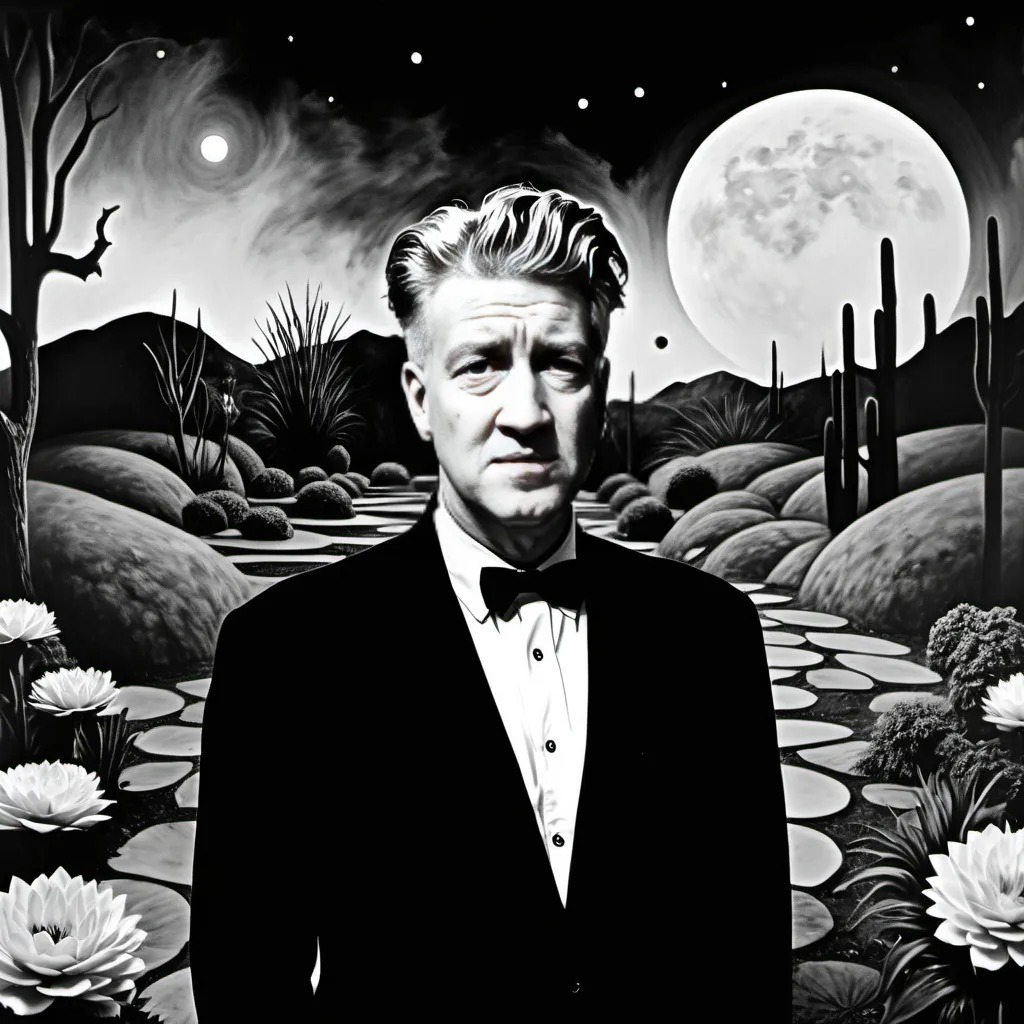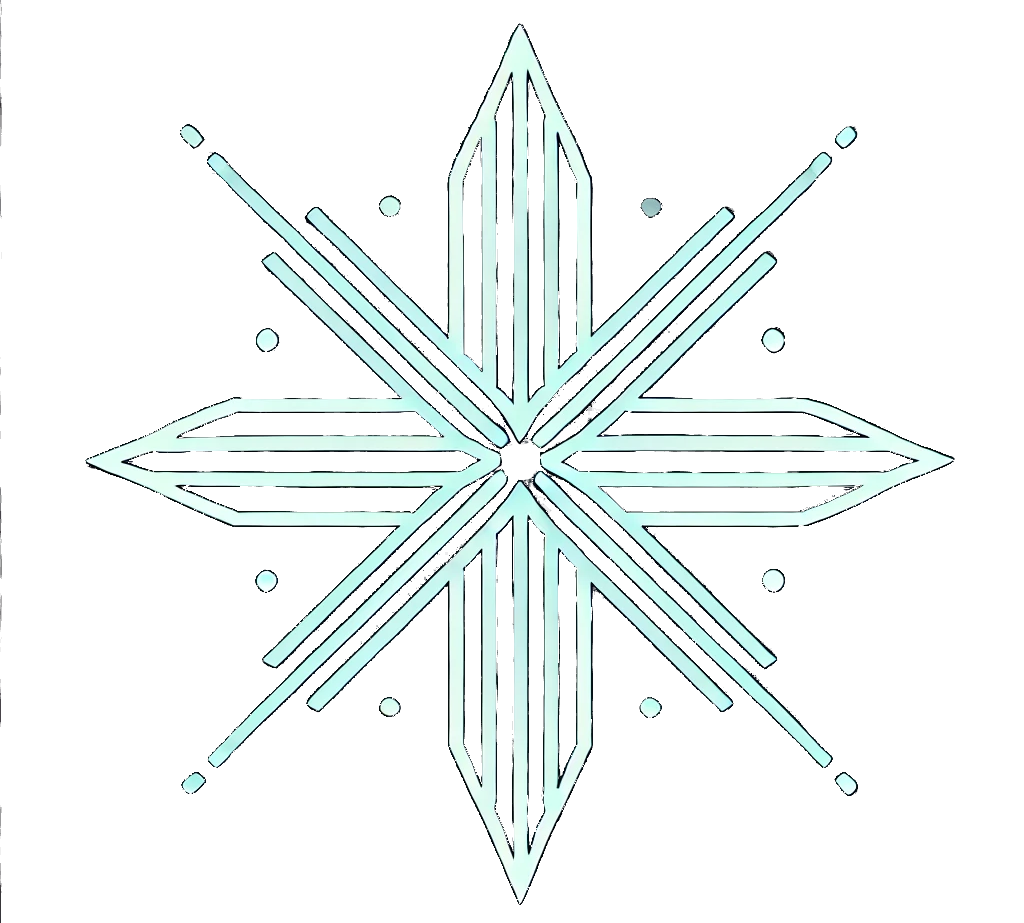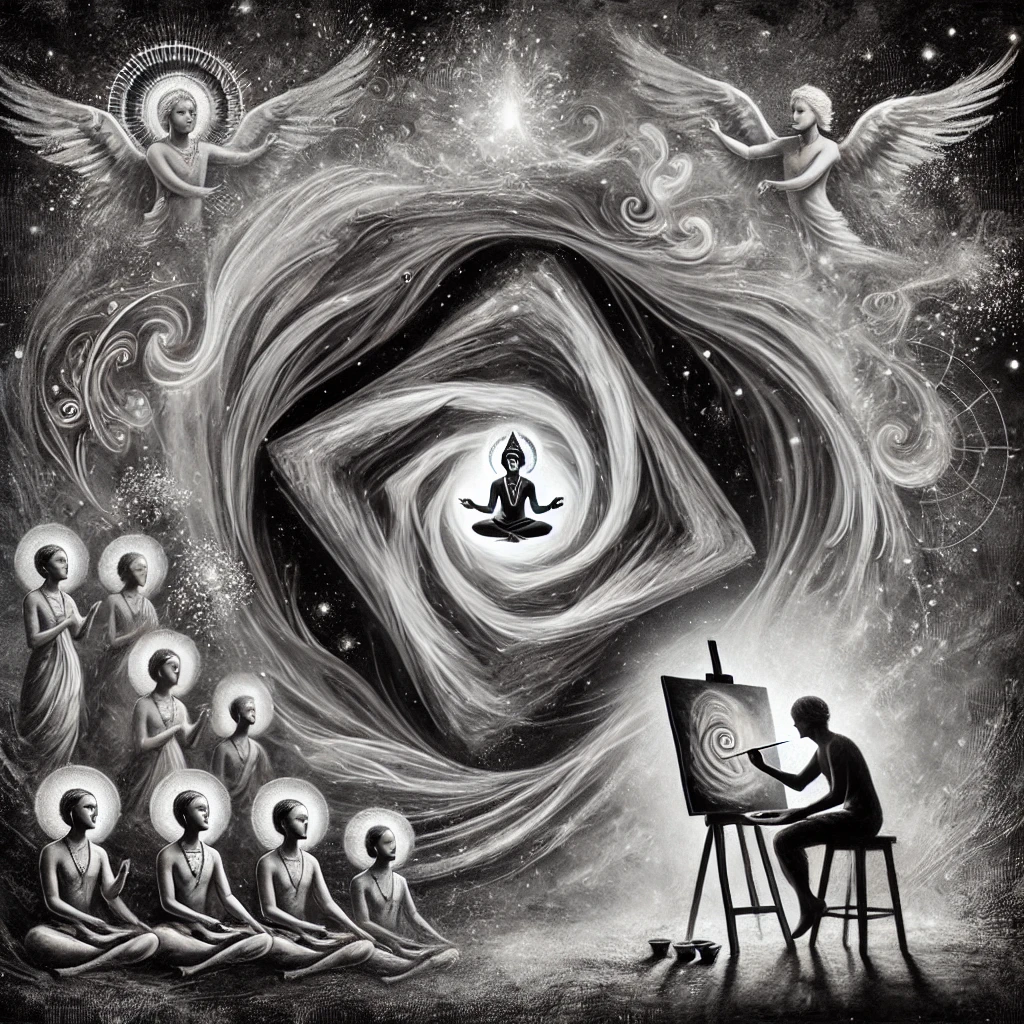Lynch, Jung, and Art Alchemy

David Lynch died on January 15th. His work reminds me of abstraction in art and the role that our intuition plays in co-creating it. In a lot of movies and TV shows today, you find yourself trying to figure out how the pieces are going to come together. For those who know the language of storytelling and cinema, you might well find that you’re able to guess how things are going to turn out in the end a lot of the time. By the closing of the credits, you’re rarely left with unresolved plot threads. Lynchian movies don’t work in this way; they are more than willing to leave you dwelling in the ambiguity, embracing, as they do, the mystery and the unknown.
Lynch was a meditation advocate. In particular, he was a long-standing practitioner of Transcendental Meditation (TM). I am not overly familiar with TM; I know it’s a mantra-based meditation and I know it originates out of the Vedic tradition, which underpins Hindu philosophy and spirituality. I am more familiar with the “direct path” of Advaita Vedanta, as articulated by Rupert Spira, which also originates from the Vedic tradition. I think TM and Advaita Vedanta share significant overlap. I appreciate Spira’s clarity; it’s easy to slip into a tangled stew of obfuscation when addressing topics such as he does. Given the challenge of describing something amorphous, such as a feeling or sense, it’s understandable why the output might devolve into a tumble of untamed words. I’m certainly guilty of this sin.
It would be to narrativize reality too much to simply read Lynchian film through the lens of meditation. Such a framing would be too crude. I’m not trying to define; I’m trying to notice the parallels. The focus is the byproducts of meditation: dreams, the hypnagogic state, the unconscious mind, intuition - these are the spaces in which Lynch liked to work. Watching Lynchian movies feels like riding an emotional current—rising, cresting, and crashing—not through an unfolding logical process, but through a dreamlike flow that often resists explanation.

Creativity, taste, and the unconscious lead us to Carl Jung. He addresses these topics in his collective works, book 15: ‘Spirit in Man, Art, and Literature’ (1966). There he makes a distinction between higher and lower art; lower art is art that is bound up with the neurosis of the individual artist - their preoccupations, their emotions and their struggles. He certainly thinks this kind of art has value, but he has most admiration for higher art. Higher art is art which emerges from the collective unconscious. The collective unconscious is a hidden, shared subterranean landscape beneath our conscious awareness, populated by archetypes—universal symbols like the hero, the mother, and the wise old man—that surface across all cultures. Given the universality of these symbols, you see these archetypes finding expression in religious symbology, folklore, dreams, and art, the world over.
Higher art is giving expression to the content of this subterranean domain, and because this domain is present within all of us, universally, the art feels like it is touching upon something deep within us that we cannot put words to. As such, higher art has a timeless quality to it. Jung cites several examples of higher art, such as Dante’s ‘Divine Comedy’ (c. 1321) and Goethe’s ‘Faust’ (c. 1831). Other obvious examples would include Shakespeare’s ‘Macbeth’ (c. 1623), Mozart’s ‘The Magic Flute’ (c. 1791), and religious texts such as the Bible and the Bhagavad Gita.
To quote Jung, “The artist is not a person endowed with free will, who seeks his own ends, but one who allows art to realise its purposes through him. As a human being, he may have moods, and a will, and personal aims, but as an artist, he is “man” in a higher sense: He is “collective man”, a vehicle and moulder of the unconscious psychic life of mankind.” (Jung, 1966, p. 133) In other words, the higher calling of the artist is to allow themselves to be seized upon by these archetypal forces, that they might become a conduit through which this material can find concrete expression in the world. The artist is compelled by these universal forces; it is as if the art is brought forth by the unconscious itself to respond to, or dialogue with, the universal psyche of humanity.
In Jungian psychology, the collective unconscious is understood as a repository for the archetypes. These archetypes can be thought of as an innate organizing pattern, operating with a logic that is internally consistent at the level within the psyche at which it operates. It is a logic which is not imposed by the will or intellect of people, but is an emergent logic. There is a self-organizing principle at play at some primal level within the universe. I’m not certain if there’s a direct relationship, but it strikes me that this is very similar to what many experts in the field of AI say about LLMs (large language models). Specifically, that these models were not explicitly programmed to behave in the way that they do, nor were they given predetermined methods of parsing information. Rather, as they are trained on vast datasets, the self-organizing behavior is emergent. It is as if knowledge itself, within the recesses of artificial mind, structures itself by way of a self-organizing principle—a principle embedded into the fundamental structure of the universe.

Take Twin Peaks (1990 – 2017), the series created by Mark Frost and David Lynch. Twin Peaks has an incredibly dense lore. It is about an FBI special agent who goes to a small mysterious town in Washington state, to investigate the murder of Laura Palmer. As the investigation deepens, it is revealed that there is a web of supernatural entities, and a battle playing out between good and evil on a plane of reality beyond our own. At the level of consensus reality, events often unfold from scene to scene in ways that confound sense. But beneath the surface—beyond the abstraction—there does appear to be an internal consistency or logic, even if it cannot be articulated.
The creators of the show are feeling things out, giving form to particular archetypal forces within the psyche, we could say, to frame this in Jungian terms. This method allows them to access truths that are out of reach for traditional, linear storytelling, imbuing the work with a surreal, dreamlike quality. By avoiding the constraints of conventional narrative paths, they are free to explore the hidden interplay of archetypes and tackle themes of duality, desire, fear, and the nature of evil in novel ways. It is not dissimilar to the way we engage with reality; if our observations and understanding of reality only come way of the consensus plane, surely a great deal is passing us by.
In the final season, the FBI agent, Dale Cooper, has a few different characters or expressions. He is the original Dale Cooper, the all-American, compassionate, patriotic, kind, and idealistic individual who loves coffee and cherry pie; as well as Dougie, an alternative version, who is a comic, childlike character; and there is “Evil Coop”, also known as Mr. C, who embodies everything Dale Cooper is not: dark, manipulative, and violent. These are all played by the same actor – Kyle MacLachlan. This being Lynch, there is no single way of interpreting this. I think Jung can offer some helpful insights though: Dale Cooper is ultimately a tragic figure, and I think this can be explained in his failure to individualize. ‘Individuation’ is a Jungian term referring to the integration of the human self. Jung saw this as the ultimate goal of psychological development—a process in which an individual reconciles their inner contradictions. This is an ongoing journey of bringing to light the disparate aspects of the unconscious self, both personal and collective, and unifying them into a whole, cohesive Self. (Note: The collective unconscious is, in essence, God.) A crucial part of this process is confronting the shadow—the repressed aspects of the self—integrating rather than rejecting them to achieve wholeness. The cheerful and idealistic Dale Cooper is someone who has not confronted the darker aspects of his own interior-self. This is expressed artistically by having an explicit expression of Cooper’s shadow on screen - Mr. C. In the end Cooper is lost in a world in which he no longer knows who he is.

Those who meditate know “reality” is illusory. Not unreal, but not as it seems. To quote Spira, “An illusion is real, but is not what it appears to be. A mirage in a desert appears as water, but its reality is light.” This is an insight perhaps unknown to most, but in the coming infinite dawn, all will enter geometric temples on planes yet unknown, we all will play in different realms of experience through infinite modes of knowing.
We will be Jung’s “collective man”: individuated beings, in a constant state of divine creation, giving expression to the unconscious in our art, in our music, and in our play. Beings of infinite delight, painting God for an eternity.
A similar vision emerges in Trinitarian relational theology, where within the Godhead, Jesus is constantly reflecting back to God His own glory in a dynamic, eternal relationship. This interplay—an infinite giving and receiving—may offer a glimpse of what the universe waking up might look like. In this light, the incarnate Jesus becomes a proxy for all humanity, mirroring not only divine love but also our own capacity to enter into the endless cycle of creation, reflection, and return.
I’ll give Bono the last word, from his U2 song, ‘I Still Haven’t Found What I’m Looking For’ (1987), though I prefer the cover version from Sarah Jarosz, “I believe in the kingdom come, then all the colors will bleed into one. Bleed into one.”
Bibliography
Jung, C. G. (1966). The Collected Works of C. G. Jung, Volume 15: Spirit in Man, Art, and Literature. Princeton University Press.
